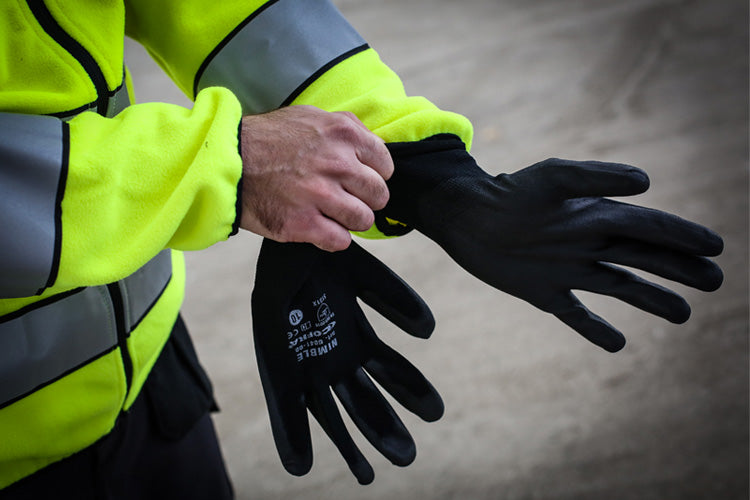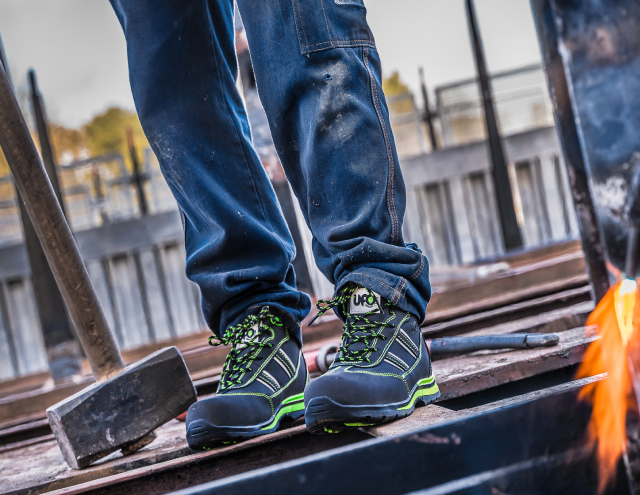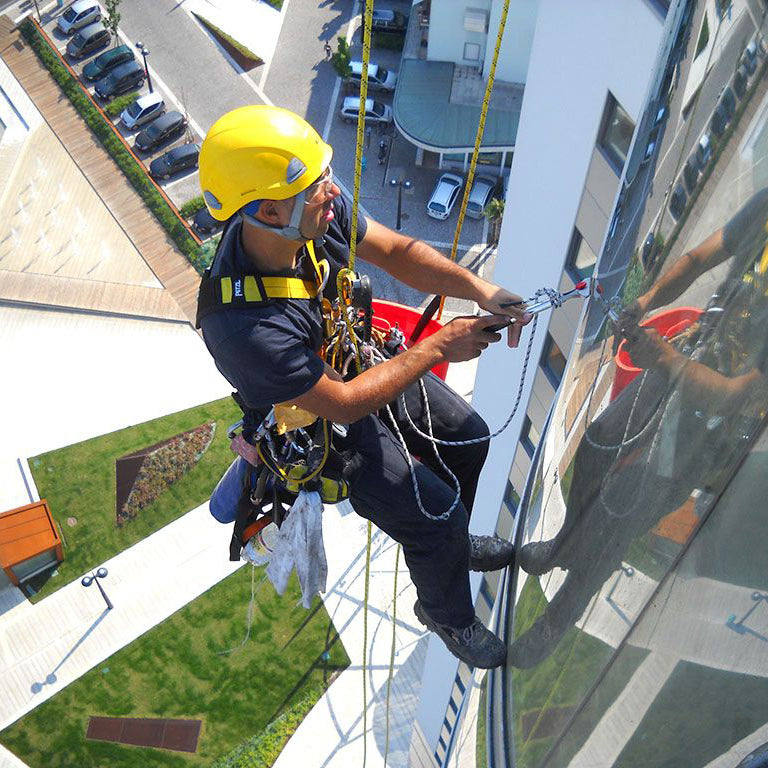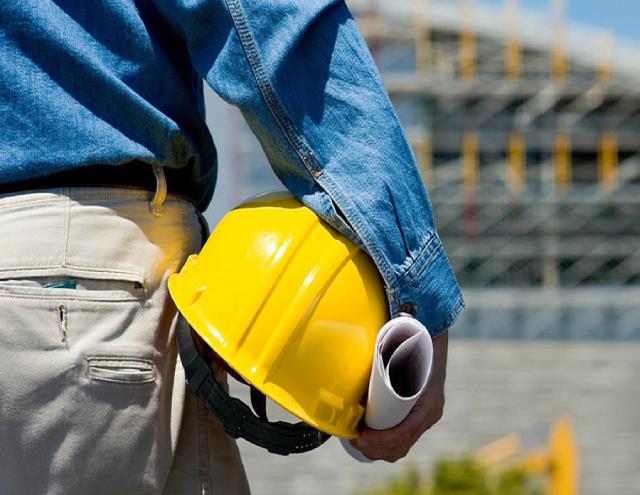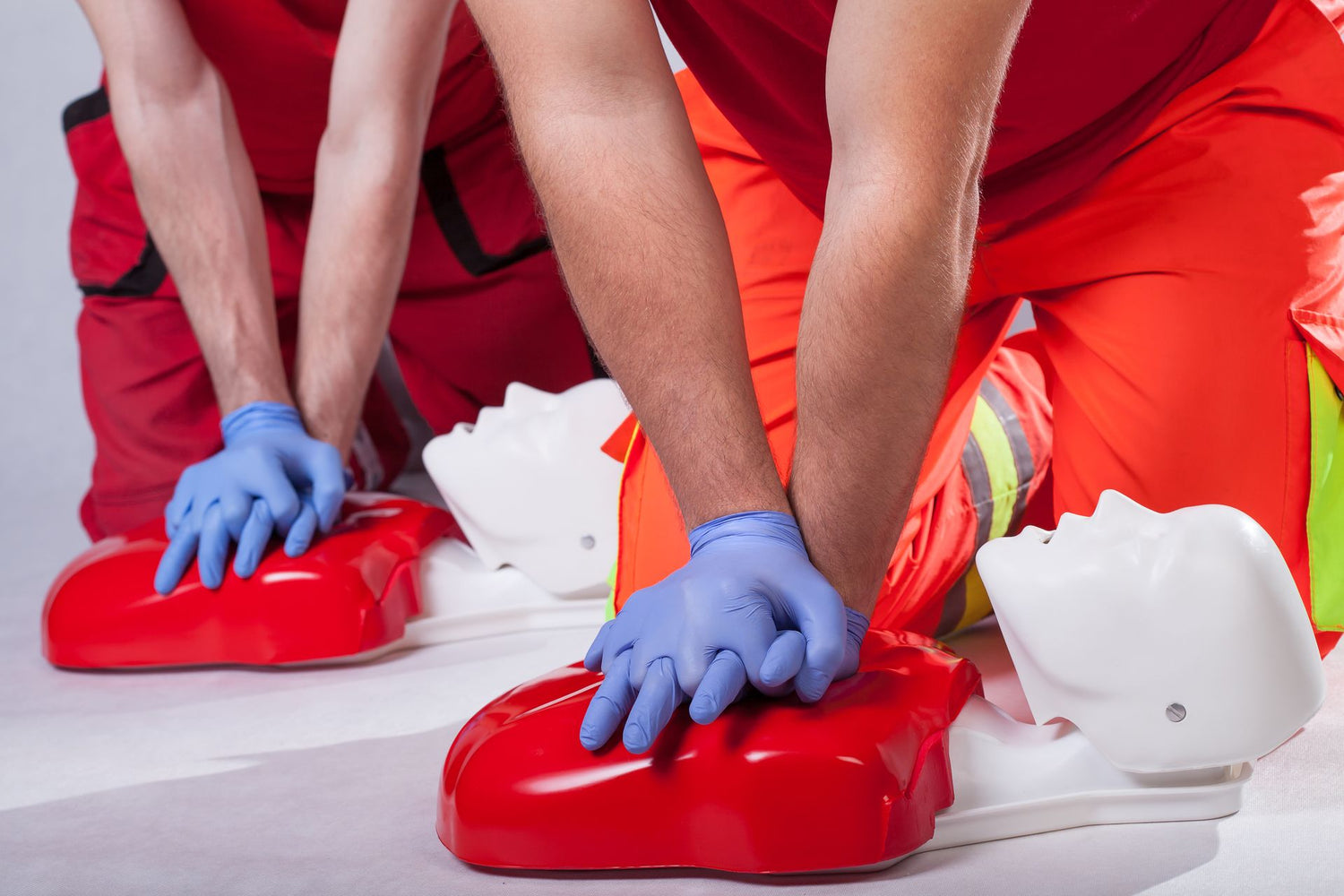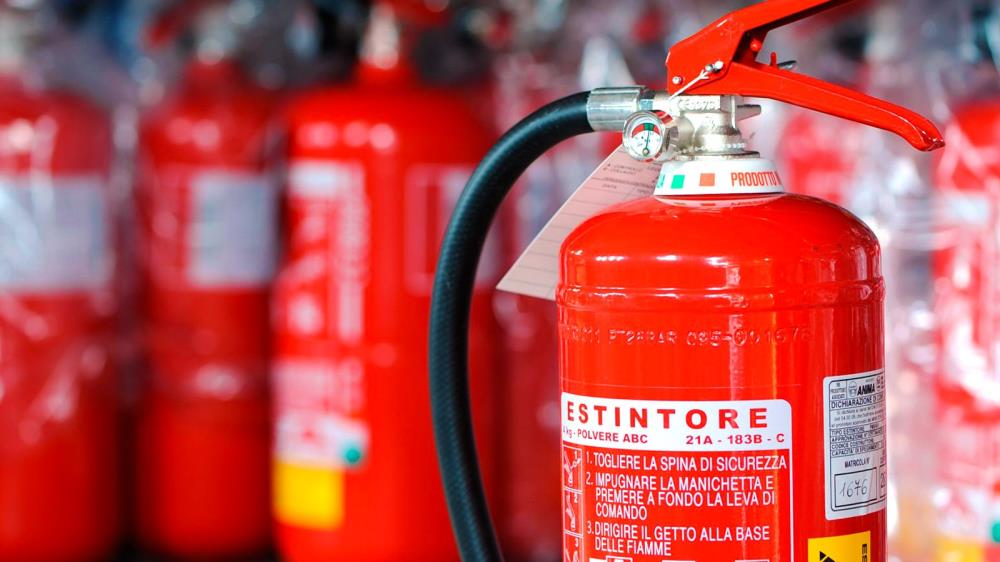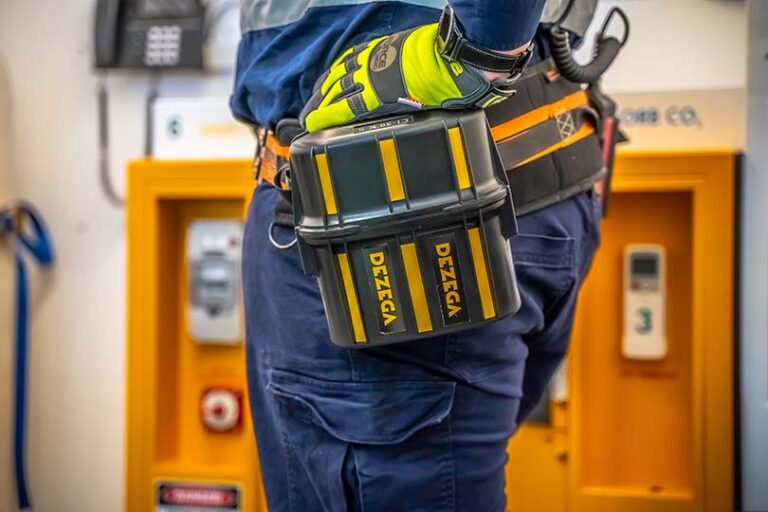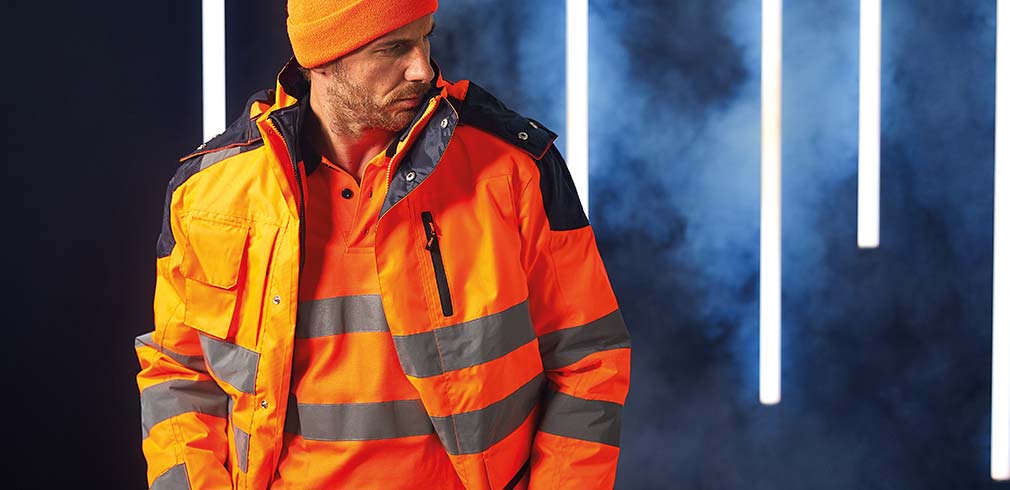A welding machine is an indispensable unit in the construction and repair industries, the choice of which is not an easy task, especially for a beginner. After all, the demand for welding products has grown over the years, and with it the number of offers on the market. How to choose a welding machine without getting confused in the variety of offers.
Types of welding machines
Welders are professional , semi-professional and domestic.
professional
Powerful unit with large dimensions and impressive weight. They are used in construction, laying communications (gas, pipelines) and when working in workshops. They are powered by a 220-380 W network or a portable generator. Often equipped with rollers and comfortable handles for moving the object.
Semi-professional devices
multifunctional with a wide range of options, they handle metals of almost any thickness and work in different welding modes. Used in home repairs, for the manufacture of products in workshops. The cost is not much higher than the price of home welding machines.
Household
Unlike professionals, they are light in weight and have a short working life. They are equipped with control systems that allow you to get a high-quality and smooth seam, regardless of the skill of the master. Suitable for welding pipes, boilers, arches, furniture frames and other household structures, summer cottages, as well as for auto repairs.
The welding machine melts the parts to be joined under the action of an electric arc . Various sources are used to ignite it and maintain stable combustion. To understand which particular device will solve the consumer's problems, we suggest that you familiarize yourself with different welding technologies.
Welding inverter
A welding inverter is a type of apparatus in which the current passes through several stages of conversion, as a result of which the pulses are smoothed out, the voltage decreases, and the current, on the contrary, increases. Stick electrode welders , argon welders, semi-automatic wire welders are all inverters which differ in welding methods.
MMA manual welding. Connect ferrous metals and alloy steel with classic stick electrodes. Two wires of different polarity bring the circuit into a loop, causing the release of thermal energy and the melting of the metal. It is worth opening the circuit - and the material cools down, a weld seam is formed.
Devices that cook with stick electrodes are considered one of the most compact and convenient. Enables a neat seam to be achieved with minimal operator effort and skill. At the same time, they are characterized by a low speed of work and the impossibility of connecting very thin parts.
TIG argon welding. Those who want to get a reliable and almost perfect seam on thin metal should pay attention to the argon arc welding method. TIG compatible inverters are equipped with tungsten electrode and argon shield, which is effective in processing stainless steel, aluminum, copper, titanium, brass and their alloys.
The technology accommodates thin-walled materials, forms a smooth, “neat” joint, and bonds hard-to-weld non-ferrous metals. It also prevents the appearance of scale - an oxidation product that occurs on hot metal under the influence of air. Welding machines with a non-consumable electrode can be used in the production of decorations, furniture, utensils and other household purposes.
Semi-automatic welding
Separately, we select welding with an electrode feed mechanism. The principle of operation is simple: an automatic mechanism feeds the wire at the welding point - in an inert (MIG) or active (MAG) shielding gas, in the mixture of which the arc ignites. Hence the name - MIG /MAG semi-automatic welding . The feed mechanism can be built-in or remote, with a separate housing.
The technology is suitable for non-ferrous metals and stainless steel, allows you to get a neat seam and connect workpieces even with a thickness of 1.5 mm, while emitting a minimum of smoke. Therefore, semi-automatic welding machines often find their place in everyday life and in small workshops. They are particularly in demand by car repairers: some manufacturers have special lines of semi-automatic welding machines for bodywork.
It is worth considering that semi-automatic machines need to purchase auxiliary equipment: a gearbox, a cylinder, a tube. You can avoid the cost of completing additional accessories if you use flux cored wire.
How to choose a welding machine
For the most part, modern devices, especially household ones, are inverters or semi-automatic devices. To get welding equipment that exactly meets your expectations and tasks, consider a few points.
Step 1:
Welding method. The choice of welding equipment with one or another welding method (MMA, TIG, MIG, MAG) directly depends on the purpose. For example, when working on a construction site, a manual MMA inverter is useful, and for the production of metal decorations in a workshop, a semi-automatic or TIG.
Step 2:
Polarity. With forward polarity the workpieces heat up more than with reverse polarity: this allows thick-walled materials to be machined. With polarity reversal , the electrode is predominantly heated, which makes it possible to weld thin workpieces. When looking for a welding machine, it is important to pay attention to this item, because some devices are not capable of dual-mode operation or do not support polarity reversal at all.
Step 3:
Number of phases. For household purposes, it is recommended to consider devices operating on a voltage of 220 W, since a single-phase network is available in houses and apartments. If you buy three-phase equipment (designed for 380W) in such a condition, there will be nowhere to connect it. If there is still a three-phase outlet in the room, check with the seller for what maximum ratings the unit is designed for.
Step 4:
Welding current. It affects the size of the weld and the quality of the finished product. If you need a "soldering iron" for home use, a 160-180A device is enough. For semi-professional use, they usually take devices for 200-250A, for professional purposes - from 300A. There are devices with wide brought, but they cost a lot and are not always needed at home or in the countryside.
Step 5:
Continuous working time. The duration of power up (referred to as DU or PN) affects the performance of the device. The indicator is calculated taking into account an air temperature of 20 ° C and a time interval of 10 minutes. Thus, PV 70% guarantees continuous welding for seven minutes (pause - the remaining three minutes). If the air temperature increases, the duration of the operating cycle is reduced.
Step 6:
Operating temperature range. It is important to determine the temperature conditions in which the appliance can operate. If the device will be used in poorly heated rooms or outdoors, the parameter must allow values with a wide range. For example, large welding equipment may have a range of -40 to +40°C.
Step 7:
Protection class (IP). Indicates the degree of protection of the shell and the possibility of using the device in different conditions. It is marked with the IP sign and two numbers, the first of which is the protection of the case from the ingress of solid particles, the second from the ingress of moisture (the larger the number, the better). Some welding machines have an auxiliary sign S.
Example. The IP21S mark means that the case is protected from particles with a diameter of 12.5 mm or more (2), vertically falling water drops do not adversely affect the product (1), the equipment has been disconnected from the network during moisture resistance tests ( S).


